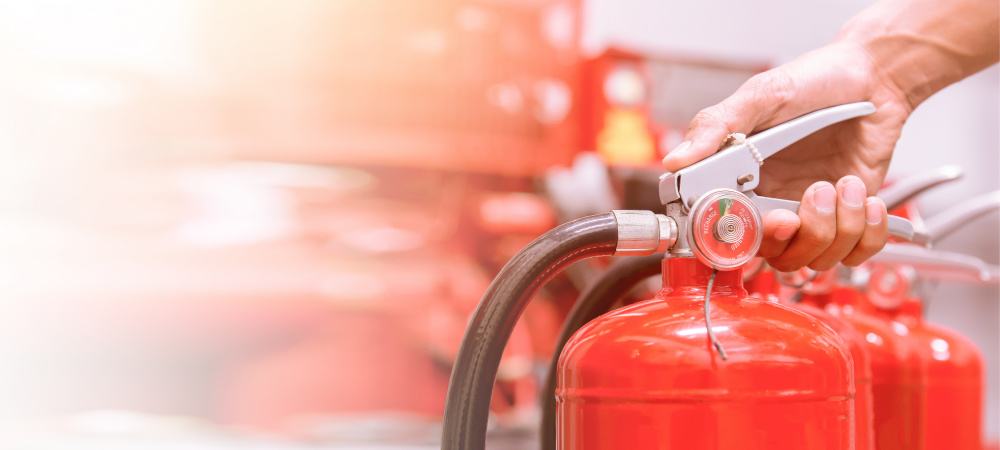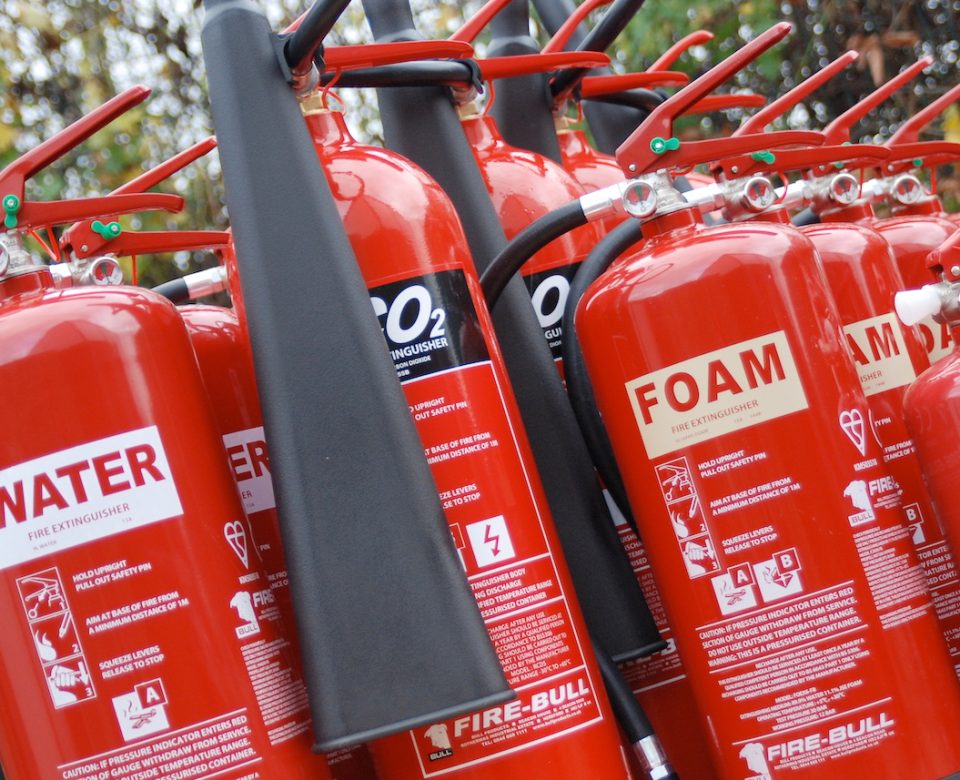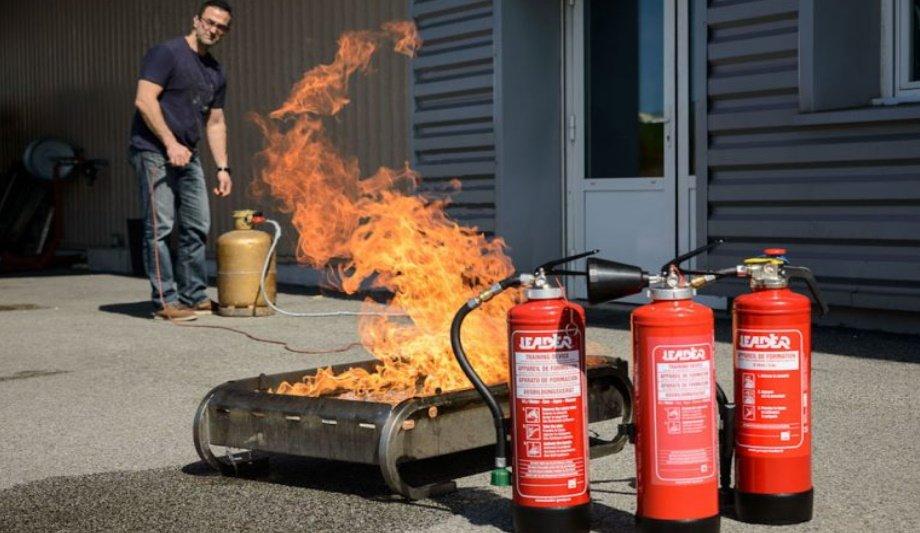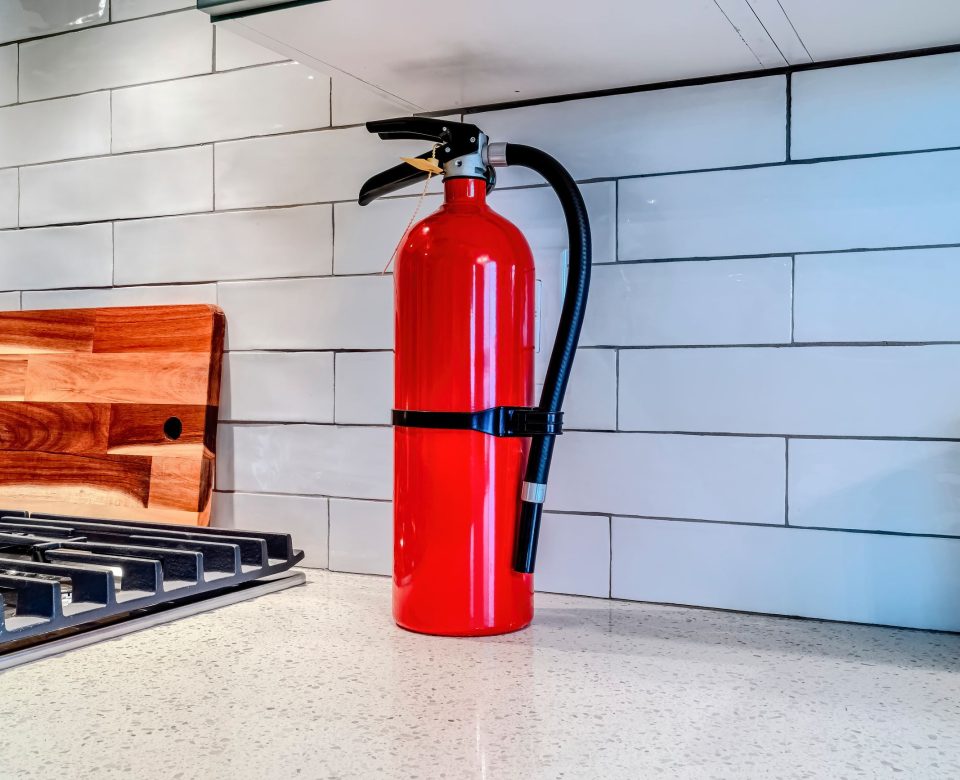
How to Use a Fire Extinguisher (PASS Technique)
July 25, 2025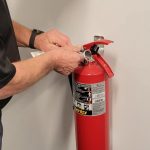
Signs a Fire Extinguisher Needs Recharging or Replacement
August 6, 2025Choosing the right fire extinguisher is crucial for effectively protecting your home, vehicle, or workplace from fire emergencies. With different types designed for various fire hazards, understanding which extinguisher to select can save lives and property. This guide will help you navigate the options, including latest innovations like the fire extinguisher ball, and considerations such as fire extinguisher price and the type of gas used in fire extinguisher.
Understand Fire Types and Corresponding Extinguishers
Fire extinguishers are classified by the types of fires they can safely and effectively put out. Fires fall into classes based on the burning material:
- Class A: Fires involving ordinary combustible materials like wood, paper, and textiles.
- Class B: Fires involving flammable liquids such as petrol, paint, and oils.
- Class C: Fires caused by flammable gases.
- Class D: Fires involving flammable metals.
- Class E: Electrical fires from equipment such as computers or photocopiers.
- Class F: Cooking oil and grease fires, common in kitchens.
Knowing the class of fire you are most likely to face is the first step in selecting the correct extinguisher.
Common Types of Fire Extinguishers and Their Uses
- Water Fire Extinguisher Cylinder
Ideal for Class A fires involving solid combustibles. It works by cooling the fire but should never be used on electrical or cooking oil fires. - Foam Extinguishers
Suitable for Class A and B fires. The foam creates a barrier over flammable liquids preventing re-ignition. - Dry Powder Extinguishers
Versatile and effective on Class A, B, and C fires. They work by smothering the fire but are not recommended for enclosed spaces due to inhalation risks. - CO2 Fire Extinguisher
Uses carbon dioxide gas to displace oxygen and cool the fire, making it perfect for electrical fires (Class E) and flammable liquids (Class B). The gas used in fire extinguisher CO2 is non-conductive and leaves no residue, which is ideal for sensitive electronics. - Wet Chemical Fire Extinguisher
Specifically designed for Class F fires like cooking oil fires. It cools and forms a soap-like layer to prevent re-ignition. - Fire Extinguisher Ball (Fire Ball)
An innovative fire safety tool that automatically activates when exposed to flames, releasing extinguishing agents. The fire extinguisher ball price in Pakistan is becoming more accessible, offering an easy-to-use solution for quick fire response. - Car Fire Extinguisher
Compact extinguishers typically dry powder or CO2 types suitable for fires involving vehicles.
Other Fire Safety Tools to Consider
Besides extinguishers, it’s wise to have tools like a fire blanket and fire bucket, especially in kitchens or workshops. These provide first-aid fire-fighting measures for small fires and can complement extinguisher use.
Factors Influencing Fire Extinguisher Price
The fire extinguisher price varies depending on type, size, and brand. For instance, advanced solutions like fire extinguisher balls or larger fire extinguisher cylinders tend to be higher priced but provide enhanced safety features. Regional price differences exist, like the fire extinguisher ball price in Pakistan, influenced by import and supply costs.
How to Choose the Correct Fire Extinguisher: Steps to Follow
- Assess Your Fire Risk: Identify the type of fires likely in your environment (e.g., kitchen, garage, office).
- Match Extinguisher Type to Fire Class: Use water or foam for solids and liquids, CO2 for electrical fires, wet chemical for cooking oil fires, and dry powder for versatile use.
- Consider Size and Portability: For vehicles, a compact car extinguisher is essential; for larger premises, bigger units or multiple extinguishers may be required.
- Check Gas Type and Safety: For example, CO2 extinguishers use compressed carbon dioxide gas, a safe non-toxic agent.
- Budget Wisely: Compare prices, from economical dry powder extinguishers to innovative fire ball options, to fit your budget without compromising safety.
- Ensure Proper Installation and Accessibility: Extinguishers should be placed where they are visible and easily reachable.
Final Thoughts
Choosing the right fire extinguisher and related safety tools helps ensure effective fire response and protection for your family, workplace, or vehicle. Consider the types of fires you may face, the extinguishing agent used, and your budget when making a decision.
For expert advice and high-quality fire safety products, contact Haseen Habib. Their knowledgeable team can guide you to select the ideal fire extinguisher tailored to your needs and offer competitive fire extinguisher prices and reliable service to keep you safe.

